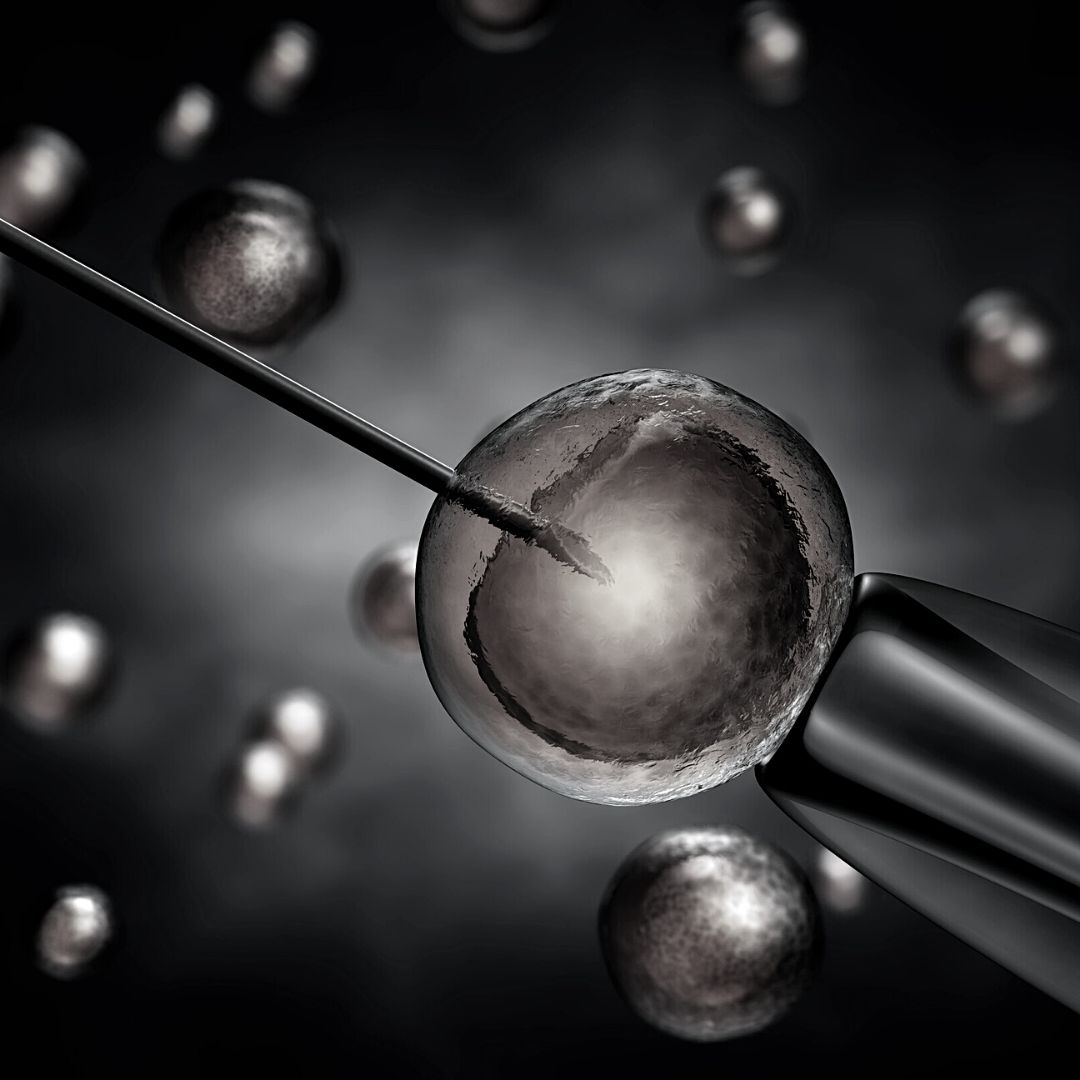An algorithm to predict pregnancy in assisted reproduction
Male fertility potential cannot be measured by conventional parameters for the assisted reproduction technique; ICSI. This study determines the relationship between testicular and ejaculated sperm mitochondrial (mt) DNA deletions, nuclear (n) DNA fragmentation, and fertilization and pregnancy rates in ICSI.
Ejaculated sperm were obtained from 77 men and testicular sperm from 28 men with obstructive azoospermia undergoing ICSI. Testicular sperm were retrieved using a Trucut needle. mtDNA was analysed using a long PCR. The alkaline Comet assay determined nDNA fragmentation. RESULTS: Of subjects who achieved a pregnancy (50%) using testicular sperm, only 26% had partners’ sperm with wild-type (WT) mtDNA. Of pregnant subjects (38%) using ejaculated sperm, only 8% had partner sperm with WT mtDNA. In each, the successful group had less mtDNA deletions and less nDNA fragmentation. There were inverse relationships between pregnancy and mtDNA deletion numbers, size and nDNA fragmentation for both testicular and ejaculated sperm. No relationships were observed with fertilization rates. An algorithm for the prediction of pregnancy is presented based on the quality of sperm nDNA and mtDNA. CONCLUSION: In both testicular and ejaculated sperm, mtDNA deletions and nDNA fragmentation are closely associated with pregnancy in ICSI.





